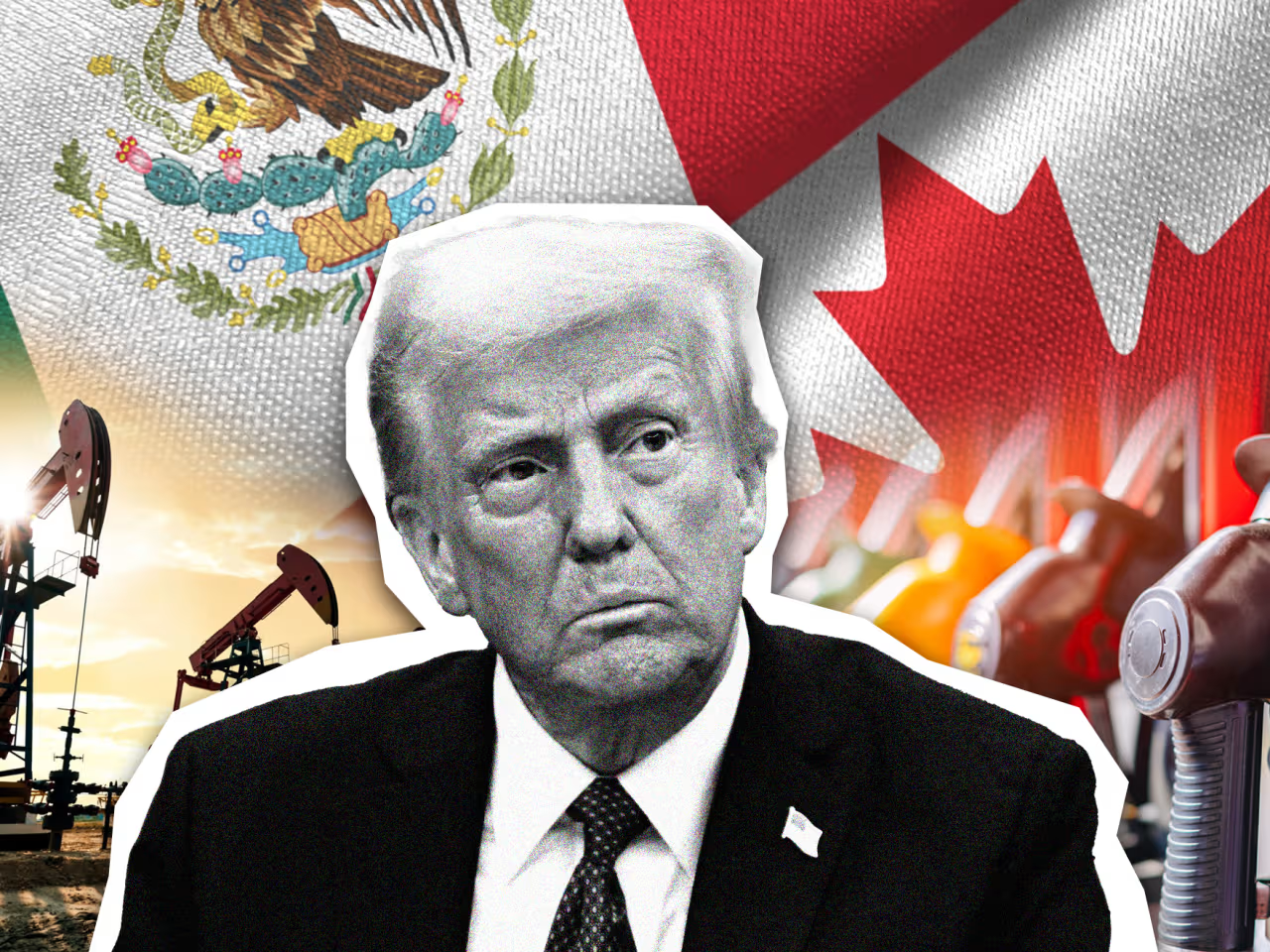The Middle East has long been a region of political tension and armed conflict, with periodic escalations between Israel and its neighbors often leading to significant military and civilian casualties. The recent developments, involving Israeli airstrikes in Lebanon following rocket fire from Hezbollah, mark another chapter in the ongoing crisis. This volatile situation underscores the precarious balance in the region and the challenges of achieving long-term peace.
Background of the Crisis
The Israeli-Lebanese border has been a flashpoint for decades, with tensions stemming from political, territorial, and ideological conflicts. The Iran-backed Hezbollah, a powerful militant group and political party based in Lebanon, has been a central figure in these tensions. Established in the early 1980s, Hezbollah has positioned itself as a resistance force against Israel, frequently engaging in cross-border attacks and rocket fire.
Israel, for its part, has maintained a policy of strong retaliation against any perceived threats from Hezbollah, emphasizing its right to defend its sovereignty and citizens. This dynamic creates a cycle of provocation and response, which frequently escalates into larger confrontations.
Recent Escalation: Rocket Fire and Airstrikes
The current crisis began when Hezbollah launched a series of rockets into northern Israel, targeting military installations and civilian areas. While the group claimed the attacks were a response to recent Israeli actions in Gaza, Israel immediately retaliated with airstrikes on suspected Hezbollah positions in southern Lebanon.
These airstrikes targeted key infrastructure and strategic sites associated with Hezbollah’s operations, including weapons storage facilities and training camps. According to local reports, the strikes caused significant damage, and while there have been no confirmed civilian casualties, the potential for collateral damage remains high.
Hezbollah’s Motivations and Regional Implications
Hezbollah’s actions are not isolated but are deeply tied to the broader geopolitical dynamics in the region. The group’s alignment with Iran has positioned it as a key player in the so-called “axis of resistance,” opposing Israel and Western influence in the Middle East. Hezbollah often frames its actions as part of a broader struggle for Palestinian liberation and resistance against Israeli occupation.
The rocket fire may also be an attempt to assert dominance within Lebanon’s fragmented political landscape. Lebanon is grappling with severe economic and political crises, and Hezbollah’s aggressive posture toward Israel can serve as a rallying point to consolidate its base of support domestically.
However, such actions carry significant risks, as they provoke Israeli responses that often lead to widespread destruction in Lebanon. This cycle of retaliation contributes to the suffering of ordinary citizens, exacerbating the already dire humanitarian situation in the country.
Israel’s Strategic Calculations
Israel’s airstrikes are a reflection of its long-standing policy of deterrence. By responding decisively to Hezbollah’s rocket fire, Israel aims to send a clear message that any aggression will be met with overwhelming force. This strategy is designed to prevent future attacks by raising the costs of aggression for Hezbollah.
However, these actions also carry risks. Retaliatory strikes can escalate into broader conflicts, drawing in other actors such as Iran or Palestinian factions in Gaza. Moreover, Israel’s actions often face criticism from the international community, with accusations of disproportionate use of force and insufficient efforts to minimize civilian harm.
International Response and Mediation Efforts
The international community has expressed concern over the escalating violence. The United Nations has called for restraint on both sides, urging Israel and Hezbollah to de-escalate and avoid actions that could lead to a broader conflict. Regional players, including Egypt and Qatar, have offered to mediate, leveraging their relationships with both Israel and Hezbollah to facilitate dialogue.
The United States, a staunch ally of Israel, has reaffirmed its support for Israel’s right to self-defense while also urging caution to prevent further escalation. At the same time, European nations have called for a renewed focus on diplomacy to address the root causes of the conflict, emphasizing the importance of addressing humanitarian needs and fostering stability in Lebanon.
Impact on Civilians and Regional Stability
As with previous escalations, the primary victims of the ongoing crisis are civilians. In Lebanon, communities near the southern border are bracing for further strikes, with many residents forced to flee their homes. In Israel, rocket fire from Hezbollah has caused damage to property and forced thousands into bomb shelters, disrupting daily life.
The broader regional implications are equally concerning. The crisis risks spilling over into neighboring countries, drawing in other actors and potentially destabilizing an already volatile region. The potential for a broader conflict involving Iran, Syria, and other regional powers remains a significant concern.
Challenges to Long-Term Peace
The Israeli-Hezbollah conflict is emblematic of the broader challenges to achieving lasting peace in the Middle East. The absence of a comprehensive resolution to the Israeli-Palestinian conflict, coupled with the influence of external powers, perpetuates a cycle of violence and instability.
Efforts to broker peace are further complicated by deeply entrenched political and ideological divisions. Hezbollah’s refusal to recognize Israel and Israel’s insistence on disarming the group are major sticking points that have hindered previous attempts at dialogue.
Path Forward: A Need for Comprehensive Solutions
To break the cycle of violence, a multi-pronged approach is needed:
- Diplomatic Engagement: Regional and international players must intensify efforts to mediate between Israel and Hezbollah, promoting dialogue and confidence-building measures.
- Humanitarian Support: Addressing the immediate needs of civilians affected by the conflict is crucial. This includes providing aid to displaced populations and rebuilding infrastructure in affected areas.
- Addressing Root Causes: Long-term stability requires addressing the underlying issues fueling the conflict, including territorial disputes, political marginalization, and economic inequality.
- Strengthening International Mechanisms: The United Nations and other international bodies must play a more active role in monitoring and preventing escalations, leveraging diplomatic and economic tools to encourage restraint.
Conclusion
The recent airstrikes in Lebanon and the rocket fire from Hezbollah serve as a stark reminder of the fragile state of security in the Middle East. As the crisis unfolds, the need for restraint, dialogue, and comprehensive solutions has never been more apparent.
Randy Moss’s message of proactive health awareness, though unrelated to the Middle East, resonates as a metaphor for the region’s challenges: early detection and intervention are key. By addressing the root causes of conflict and fostering dialogue, the international community can help prevent further bloodshed and work toward a more stable and peaceful future.
In the end, the path to peace in the Middle East will require courage, compromise, and an unwavering commitment to the well-being of all its people. Only by breaking the cycle of violence and focusing on long-term solutions can the region hope to move toward a brighter and more harmonious future.



